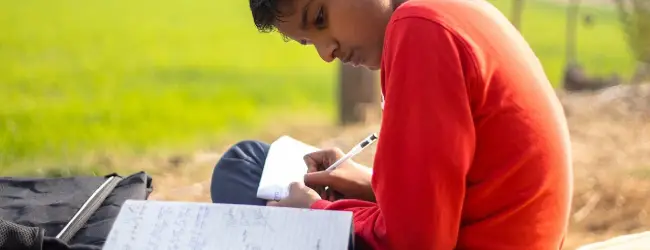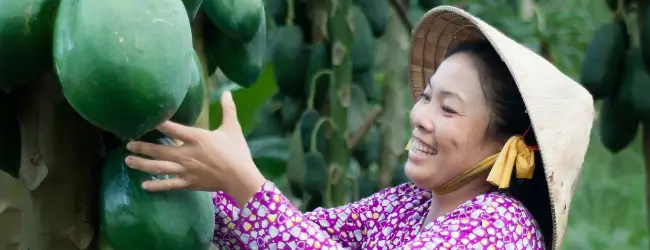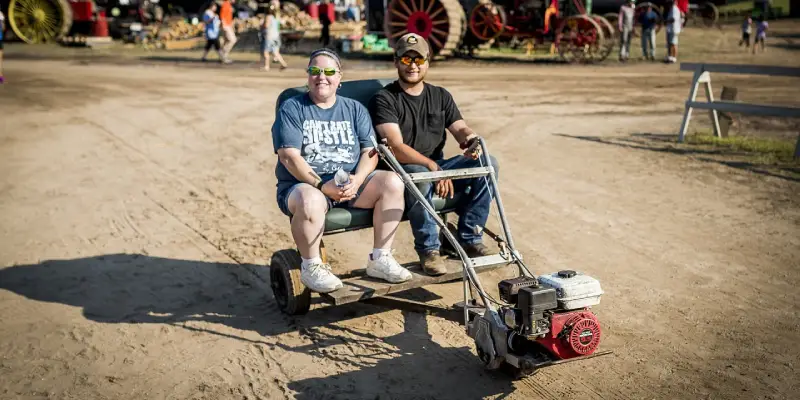In the previous article (this article), I mentioned what it means to be creative. “Creative” means “Using unique things well.” So today, I’ll talk about how to create our unique products. This might give our products more uniqueness and value.
How to add uniqueness to our products
A creator tweeted on SNS, “My accessories have no uniqueness. How can I add it?” She had made bead accessories for fun and wanted to sell them. But there were so many similar accessories. So she was troubled by the lack of uniqueness in her products.

Sometimes we may have such trouble, especially when we want to avoid competing with others. If we have unique attractiveness, we can avoid competing with others. Of course, that means limiting our customers. But at the same time, we can get stable, high-royalty customers or fans. So those who want stability in life tend to desire such uniqueness.
At such a time, my thinking style may help us. So today, I’ll explain how to create our unique products.
Two steps for uniqueness
There are two steps to creating our unique products.
- Focusing on abundant things for us, not special things for us. This step gives us unique materials.
- Brushing up to taste it better. This step gives us more value.
So, let’s explain each step below.

(1) Focusing on abundant things
First, we focus on what is abundant for us. They could be our unique materials.
For example, if we want to make some accessories, we focus on what is abundant. This means that it is easy to use and affordably available.
There could be many affordable things. If we have the fun of drawing, we might be able to draw or sculpt something on the accessories. If we are living near the forest, we might be able to get and use natural materials such as ivy, wood, and seeds. If we have an interest in astrology, we might be able to use it as a motif.
So we can create it at a low cost. It also means “Being able to do it with fun.” In other words, “cost” contains our pain.

The nature of value exchanges
I think this follows the nature of value exchanges. We share our abundant things. It makes someone who lacks it glad. For example, if we can get fruits easily, we can share them. And if someone can grow vegetables easily, he can share them. And if we want vegetables, we can exchange them.
So we are both glad. “Exchanging values” means “sharing affordable things with expensive things for themselves.” So we can both increase our wealth by exchanging. This is one of the social value-making systems.
On the other hand, if we want special or expensive things, it takes costs. It means competing with others. The more we compete with others, the more difficult it will be to achieve stability in our lives.

(2) Brushing up to taste it better
The next step is brushing up to taste it better. This step gives us more value.
For example, in my case, I cooked salsa several days ago. I found heavily discounted onions, and I also had some canned tomatoes that I wanted to consume soon. So I made fermented salsas with some herbs I had. That was delicious.
And after I brushed up on how to taste it, I noticed why Mexican foods are like that. There are rational reasons.

First, when I used my salsa for chicken, I noticed it was better to shred the chicken because it clung well to the salsa. Then I noticed that if we want to eat it with bread, thinner bread is better because it doesn’t prevent the taste. And I also noticed that I want to add some oil or fat, such as cheese or fried tortillas, because salsa is less fat.
So Mexican foods such as tacos, nachos, tortillas, or burritos shaped such styles. They are the ideal style to taste salsa. Such brushing up gave us more value.
I can explain this step more deeply. So I’ll explain it someday.
Conclusion
So if we want to create unique products, these two steps could help us.
- Focusing on abundant things for us, not special things for us. This step gives us unique materials.
- Brushing up to taste it better. This step gives us more value.
If we understand this logic, we might be able to make unique things easier.
Thank you for reading this article. I hope to see you at the next one.


